Concrete can be used in many places of your home as a solid and attractive material. Throughout the house, concrete countertops and tables are visible. You can build pathways in a garden using concrete pavers. You do not need to worry about your home’s location when trying to stain concrete.
It is possible to remove some stains from concrete easily. On the other hand, some colors are more difficult to remove, such as olive oil stains or orange juice stains.
Table of Contents
Preparations
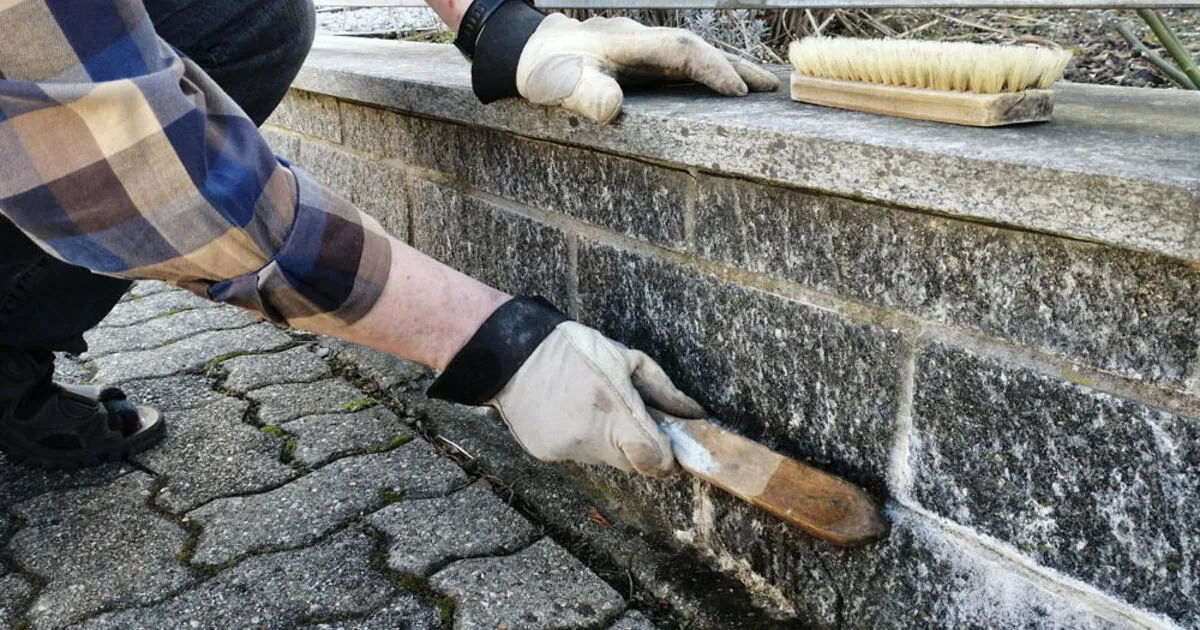
Many factors can cause dark plaster residues. Home remedies can help get rid of them. The best way to remove the stain is to get rid of any coarse dirt. For large-area paver cleaning, you can use sharp-edged sand or other cleaners. To distribute the substrate on the surface, a broom is an option. The surface is polished with a fine grain. Dirt and dirt are then removed by using a brush. Use the appropriate methods to remove stains. You can combine different measures to remove stains that are not working. Because the discoloration becomes weaker slowly, patience is required to fade deeply burned-in discolorations.
Here are some ways on How to Remove Stains From Concrete
Quick action is needed when concrete pavement develops dark stains. Algae, lichens, and fungi can all be the cause and bird droppings, tire tracks, or tire tracks.
Detergent agent against tire marks
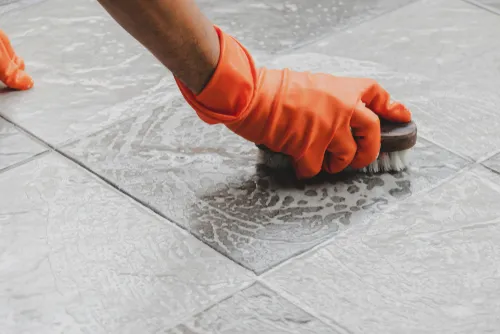
It is easy to remove tire residue from paving stones as it is a surface substance and not a part of the pore structure. You can easily remove minor marks with a sponge or an eraser. Use a solvent-free, environmentally friendly cleaner if the stain is stubborn.
- Add biodegradable dishwashing soap to your water
- The amount of soiling will determine the appropriate detergent proportion.
- Apply the solution to the affected areas
- Use a sponge or soft brush to apply the agent
- Allow yourself to be active for approximately 20 minutes
- Rinse the surface with warm water
Bleach against lichens
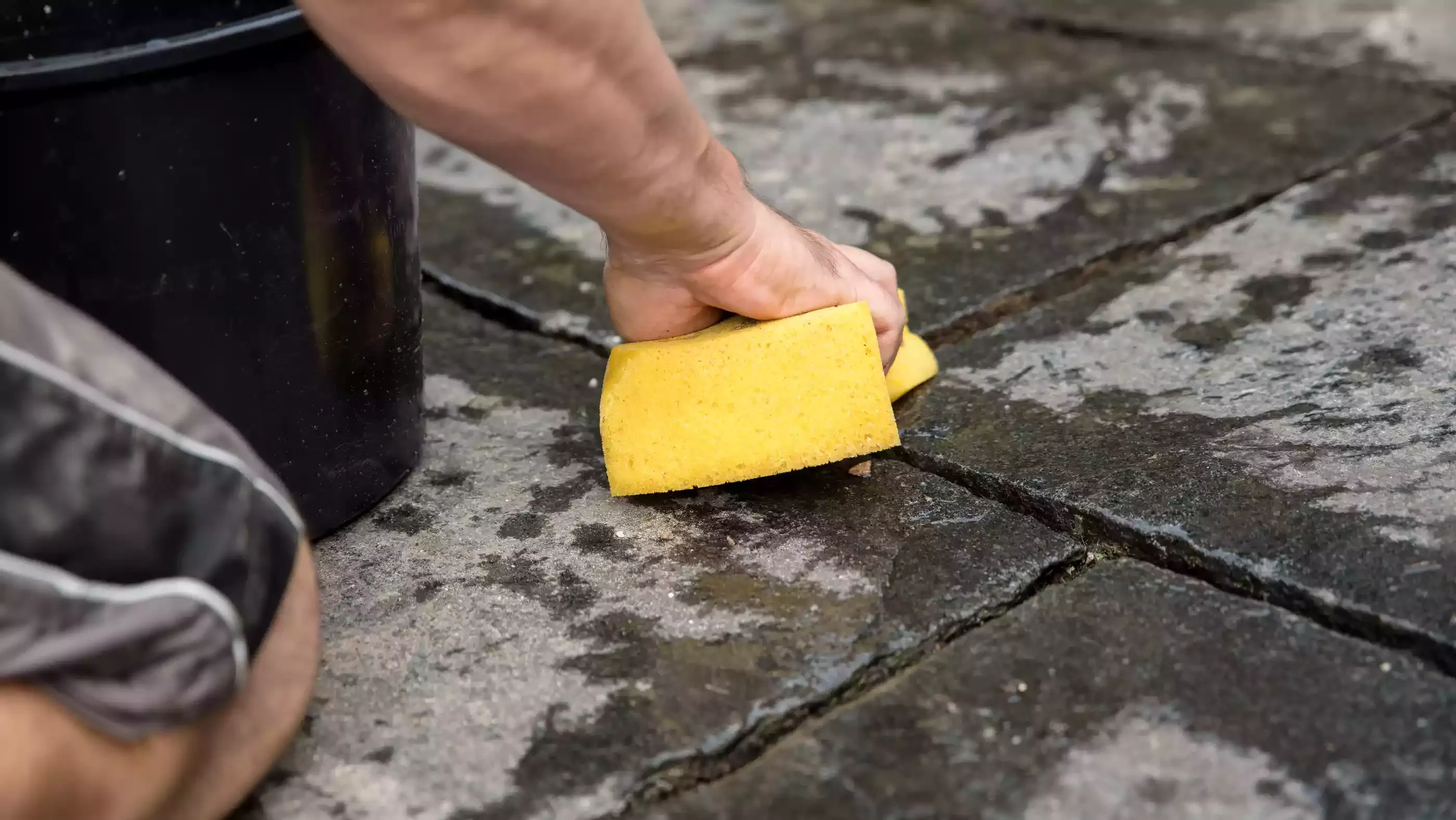
This group includes organisms that can live in both sunny and shaded extreme habitats, such as paving stones. It is easy to remove lichens using a spatula. For some species, a wire brush is more effective to clean. Furthermore, lichen can penetrate deep into pores making it difficult to remove mechanically. Using a Bunsen burner will remove these stains. To remove stains from pavement, follow these steps:
- Use hydrogen peroxide for the stains
- Let the agent react to make it into water and oxygen
- Use a wire brush to remove dead lichen thoroughly
- Soda against mold
Nearly every surface can provide ideal conditions for fungal spore growth. They prefer shaded pavers. Spores can survive on small amounts of algae and lichen that decay naturally. After the mold has settled on paving, it leaves behind unsightly stains. These stains can be tough to remove and look a lot like mildew stains on damp laundry. Altering the pH can be used to kill the fungal mycelium. If you follow these steps for three months, you will prevent the plaster from staining.
· Five tablespoons of soda can be dissolved in five-liter water
· Apply the oil to the affected areas. Please leave it to take effect
· Use a brush to treat the plaster thoroughly
· Spray the pavement using a garden hose
· Vinegar can be used to kill mold. Vinegar is not permitted to be used on sealed outdoor surfaces.
Soda paste against algae growth
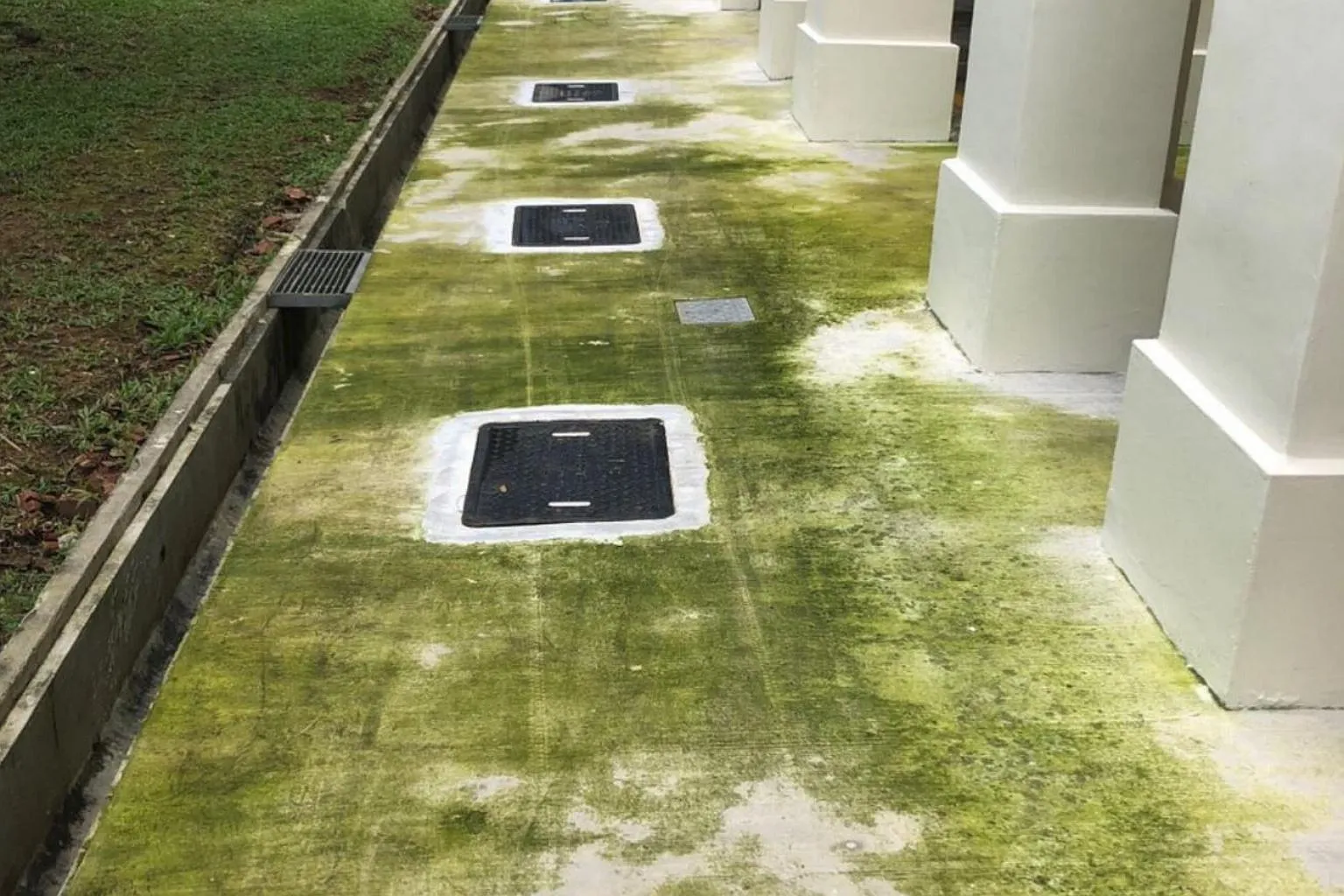
Stones can often appear darkened by algae and could be mistaken for road dirt due to their dark color. The microclimate created by the stone’s shaded edges encourages the growth of organisms. When left unattended, they will spread rapidly. In the case of stubborn stains, this method has proven to be effective.
· Mix four tablespoons cornstarch and 100 grams of baking soda together
· Add lukewarm to make a paste
· Apply the paste to the stain and let it work for five hours
· Clean the pavement and rinse it off with water
Also read, Best Ways To Clean Mold From Concrete Patio-Simple Easy Steps Cleaning Exterior Wall :How To Make Your House Shine Again
Bird droppings remover
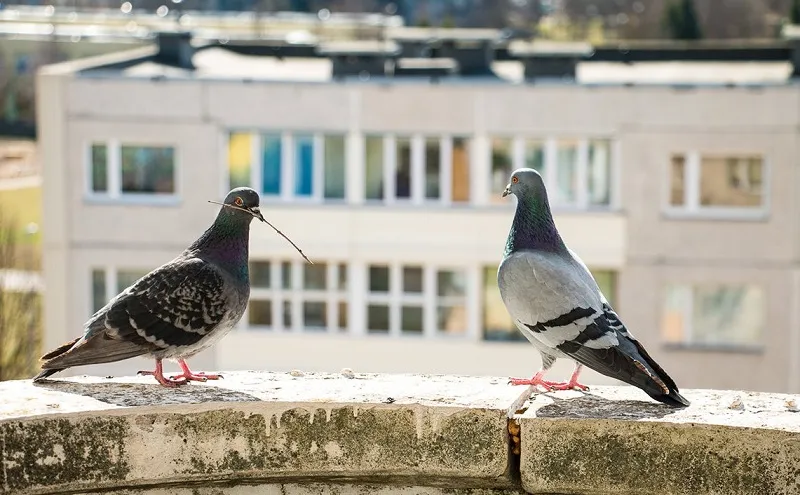
Pigments from berry fruits are often found in bird droppings, which can cause blackish discoloration of pavement. The dyes can penetrate into the skin’s pores, making it more difficult to remove the stains as they age. You should immediately remove bird droppings with warm water and a small amount of dishwashing detergent. This stone care product can be used to remove stubborn stains.
· Boil five liters’ water
· As a cleaning agent, dissolve 50 milliliters of soft soap and 30g of washing soda
· As an impregnating agent, add 30 milliliters of glycerin
· As a dye destroyer, mix 60 grams of commercially available stain salt.
Efflorescence removal from concrete

For removing concrete efflorescence, use clearwater and a brush. You can also wait for the rain to wash away lime deposits. Efflorescence of lime on concrete does not indicate a defect in quality or damage. You can find the explanations by following the link.
Take out any construction residues, such as adhesive tiles or synthetic resins and paints.
For this purpose, you will need cleaners that are specifically designed. It would help if you did not use any cleaning agent approved for concrete or stone components. You can only remove tile adhesive with a chisel. You can also grind the concrete.
Use special cleaners to treat stubborn dirt
It can also happen that paint residues, synthetic resins, or tile adhesives must be removed, especially on concrete floors or screed floors. You can find stronger cleaners in specialty stores that can be used for this purpose. The best method for adhesive residues is to use a chisel followed by grinding the concrete.
Prevent discoloration
Concrete pavers stains can be removed with patience. Pavers are more vulnerable to discoloration because of their rough surfaces. Regular cleaning is the best way to prevent unsightly residue. Take away fallen leaves and fruit from trees. Don’t allow puddles on the stones. In a dry environment, lichens and fungi will not thrive. Penetrating roots and color pigments will not affect a sealed pavement. Smooth surfaces are not suitable for many organisms.
Remove white stains from concrete.

Concrete stained with white color is especially visible because of their color. Home remedies are needed to eradicate the white stain.
1. Wipe with clean water
It’s always better to start by wiping sap stains on concrete with plenty of clean, warm water. The sooner you respond, the better.
Using this method, you may altogether remove concrete stains if you are quick and a little lucky.
2. Let the stain absorb
It is a good idea to apply an absorbent material, especially in the case of grease stains. The stain will be absorbed into the concrete and no longer visible on concrete countertops or concrete paving.
You can use cat litter, potato starch, or cornstarch for this purpose. This material should be left on the stain for several days. The faster you react; you’ll get better results.
3. Wait for heat stains to dry
A kitchen countertop can also get heat stains from hot items, such as cups, pots, and bowls. It is enough to wait in this instance. After a while, the heat stains will disappear on their own.
4.Gall soap
Gall soap is a well-known home remedy that can be used to remove concrete stains, especially oil stains. Pour warm water and gall soap into a sponge or scrubber, then scrub into stained concrete.
It may take a bit more effort, depending on the age and size of the stain, to remove it completely.
5. Soft soap
Softsoap can be used as an alternative to bile soap. You can use the same process as with bile soap.